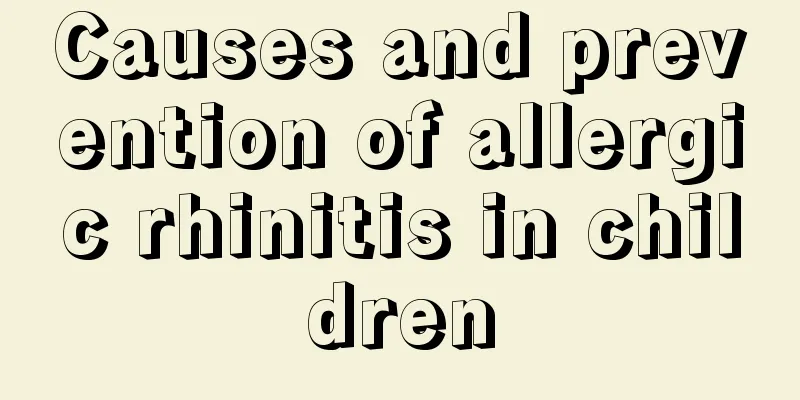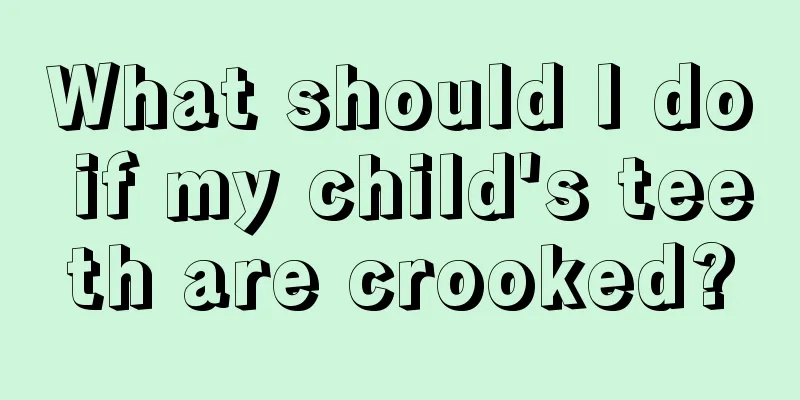What to do if children have hip dysplasia?

|
Anyone who knows something about the human physiological structure knows that the human hip joint mainly consists of two parts, the femoral head and the acetabulum. The structure of this part is relatively complex and it is also one of the very important joints in the human body. Some children will experience hip dysplasia during their development. This problem should be taken seriously and the following methods can be used to help solve it. What to do if children have hip dysplasia? The goal of DDH treatment is to achieve concentric reduction of the hip joint, which can provide good conditions for the development of the femoral head and acetabulum, while preventing ischemic necrosis of the femoral head. Treatment varies depending on the age of the child and the severity of the disease. The earlier the treatment, the better the effect. On the contrary, as age and treatment complexity increase, the risk of complications such as avascular necrosis of the femoral head increases, and children may develop degenerative changes of the hip joint and osteoarthritis in the future. Treatment methods vary according to age: 1. Newborns and infants under 6 months old Diagnosis is best made in the neonatal period, and treatment is prompt if detected. The most commonly used treatment is the Pavlik harness, which has a 95% recovery rate for hips with a positive Ortolani sign. The Pavlik onesie harness is suitable for infants with DDH under 6 months old. The failure rate of the Pavlik onesie harness is greater than 50% for infants over 6 months old. During the first 3 weeks of treatment, the Pavlik harness should be worn and checked weekly, and ultrasound examinations should be performed. If the hip joint is reduced and stable, the follow-up time should be extended until the ultrasound examination is normal. If the Pavlik harness is not reduced after 3 weeks of treatment, the treatment has failed and other treatments should be used. Complications of Pavlik harness treatment include: downward dislocation of the hip, femoral nerve and brachial plexus paralysis, and avascular necrosis of the femoral head. 2. Children aged 6 to 18 months For children in this age group, subluxation or dislocation of the hip should be treated with closed or open reduction as the first choice, and bracing can be used for those with acetabular dysplasia. Closed reduction must be performed under basic anesthesia. If intraoperative arthrography shows that the reduction is satisfactory and stable, human position plaster fixation will be given. The hip joint is required to be flexed between 100 and 110°, and the abduction cannot exceed 60°. Excessive abduction of plaster and brace fixation can easily cause ischemic necrosis of the femoral head. If the closed reduction is unsatisfactory or unstable, open reduction of the hip joint is required. Generally, simple open reduction of the hip joint plus human position plaster fixation is performed. After plaster fixation, fluoroscopy is performed in the operating room to understand the reduction of the hip joint. Before discharge, the hip joint should be reviewed in AP radiograph and, if necessary, CT or MRI examination should be performed to understand the reduction status. Ultrasound examination can be used for some follow-up examinations after discharge to reduce the number of X-ray examinations. Usually the plaster is fixed for about 3 months and then replaced with a brace for about 3 months. The potential for acetabulum development after closed or open reduction is great and can continue for 4 to 8 years after reduction. Most children with DDH do not need a second acetabular or femoral surgery. |
<<: The effect of honeysuckle bath on babies
>>: Why do girls develop lumps in their breasts?
Recommend
Yellow discharge in newborn baby
After the baby is born, mothers pay attention to ...
What causes difficulty defecating in newborns?
The metabolism of a newborn can indicate some of ...
Reasons why a five-month-old baby doesn't like to breastfeed
In daily life, many newborn babies gradually show...
Why do children bite their teeth when sleeping?
Children's teeth grinding while sleeping shou...
What to do if your child has a viral cold
The development of modern society has brought not...
What causes acne in children?
It is normal for adults to get acne because their...
What to do if a one-year-old child has a fever
Now many families have only one child, so childre...
What to do if a newborn has mild cerebral hypoxia
We know how important oxygen is to us. If we are ...
What causes stomachache in children?
What is more important than children’s academic p...
Can babies drink salt water when they have diarrhea?
Nowadays, many babies are the apple of their pare...
Why are the roots of baby's nails black?
Newborn babies are often pink and tender, but the...
What kind of soup is nutritious for children
The physical health of children is the most conce...
Can children's urticaria heal on its own?
Recently, I often found that my 8-year-old daught...
What should I do if my child's hands are scalded and blistered?
When a child's hand is scalded, the family st...
How to prevent children from having fever and convulsions?
When a child has a fever, it is still easy to cau...









